Debtor's Welcome to their Brother

Debtor's Welcome to their Brother

Save for a brief piece of tinkering reform in the shape of the Insolvency Act 1976, insolvency law in England and Wales remained largely untouched since the Bankruptcy Act 1914 and the Companies Act 1928. This changed with the accession of the United Kingdom to the European Community in 1972 and a programme of reform activity in the 1970s which culminated with the 1982 publication of the now famous Cork Report, more formally known as ‘Review of the Review Committee on Insolvency Law and Practice’ (Cmnd 8558, 1982). The Government responded to this command paper with a white paper in 1984 entitled ‘Revised Framework for Insolvency Law’ (Cmnd 9175, 1984). In due course some of the approaches and policy enunciated by the Cork Report and white paper found their way to the statute book in the shape of the Insolvency Act 1986. To this day the 1986 statute, in amended form, regulates both personal and corporate insolvency.
The Cork Archive is a repository of materials that were used during the course of the Cork Committee’s evidence gathering, policy discussion, idea formulation and draft composition which assisted towards the eventual publication of the final report in 1982. Largely made up of the working papers of Muir Hunter QC the archive is an invaluable resource for, inter alia, insolvency scholars, law and accountancy practitioners who specialise in insolvency, legal academics interested in, inter alia, security, the family home, and more broadly, social historians, economists and researches who are interested in the third sector and insolvency advice and policy. The materials contained in the Cork Archive do not exist in any other archives, repositories or libraries. They are unique.
The Cork Committee’s main recommendations touched on both corporate and personal insolvency law.
On the personal side the Cork Committee proposed the introduction of a new personal insolvency procedure that allowed for a composition between debtors and creditors under the auspices of a statutory procedure that used a moratorium. The Individual Voluntary Arrangement (IVA) procedure has gone on to be well used in modern practice. Its form and nature were also adopted for a company equivalent. Used with less frequency, the Company Voluntary Arrangement (CVA) is nevertheless still an important restructuring tool.
On the corporate side the Cork Committee’s recommendations included the introduction of an entirely new procedure, namely, administration. This procedure was proposed as an alternative to receiverships where no floating charge existed. The insolvency practitioner, it was envisaged, would be able to use administration in the same way as Sir Kenneth Cork and his brethren had used receivership, namely, to attempt, mostly successfully, the rescue companies as a going concern. Rescue was the key term of art for the committee. Building and maintaining an insolvency system that fostered a rescue culture was the key ambition of the Cork Committee.
More generally the Cork Committee proposed the introduction of professionalisation for individuals who undertook insolvency work using the procedures contained in the Insolvency and Companies Acts. From the enactment of the Insolvency Act 1986 insolvency practitioners (IPs) had to be regulated by one of the eight Recognised Professional Bodies (RPB), insured with professional indemnity and bond insurance, and regularly inspected by their RPB. The Cork Report spelt the end of the age of the so called ‘Cowboy Liquidator.’
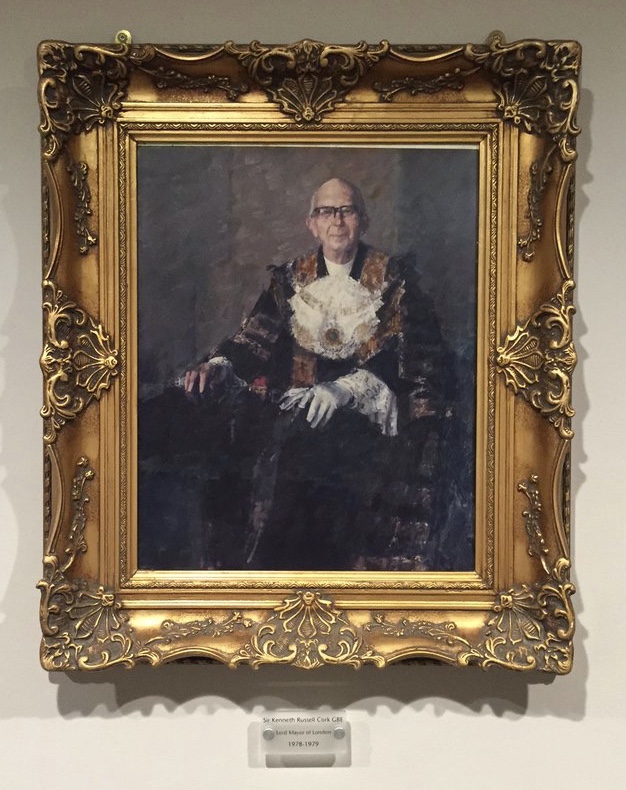

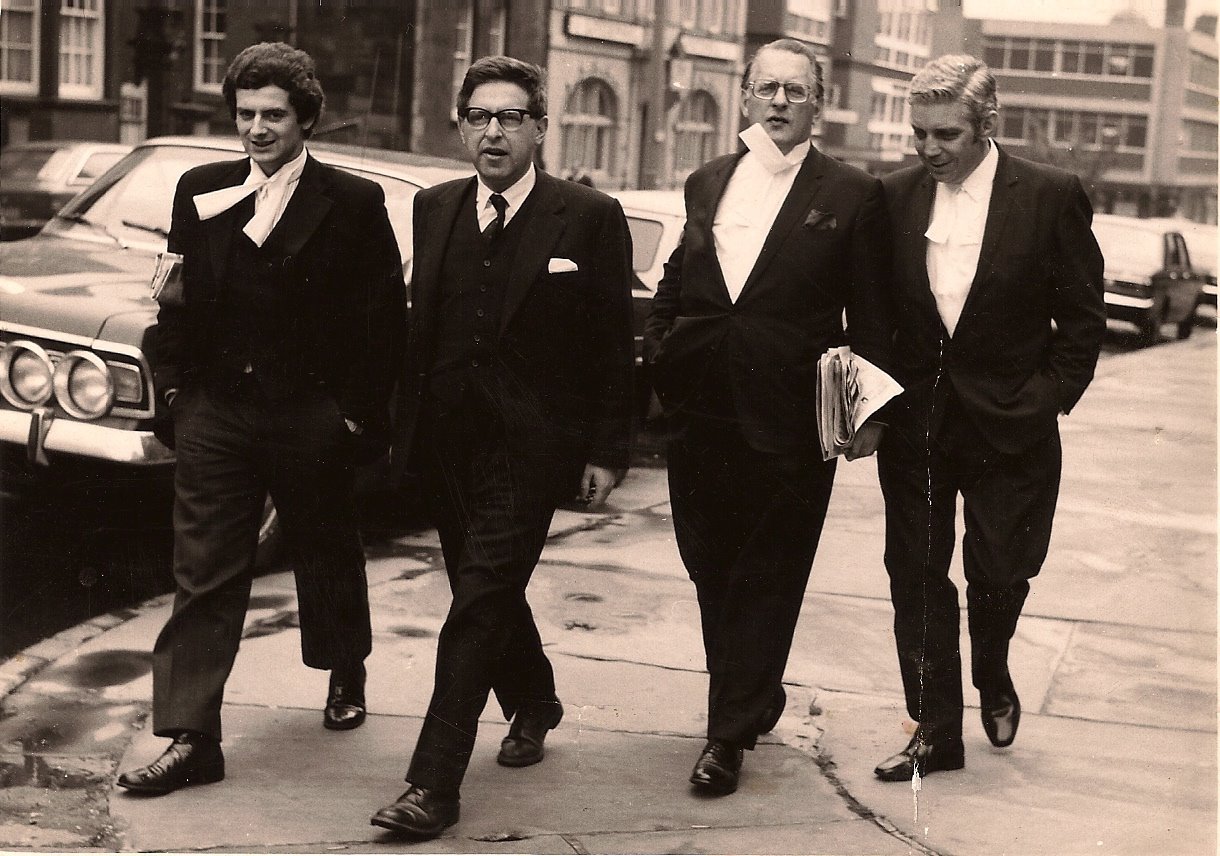
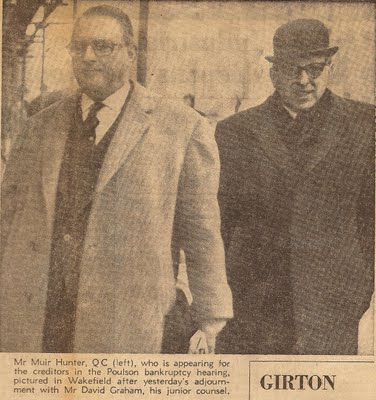
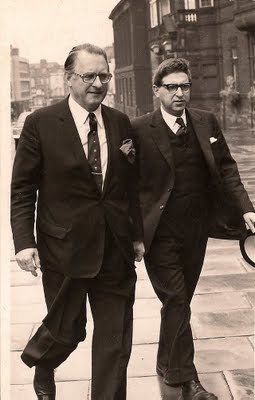
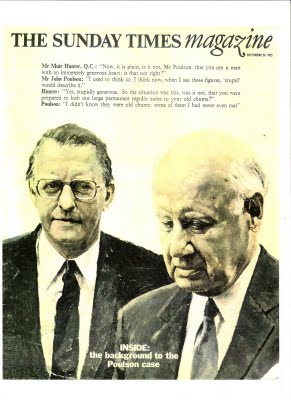
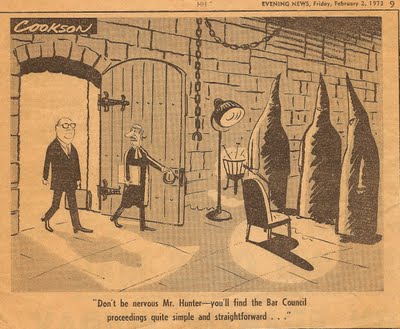

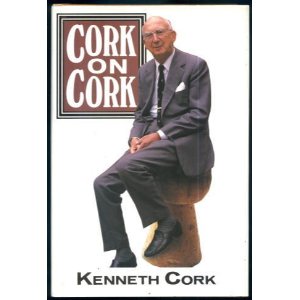

The Cork Archive papers represent a goldmine of insolvency information. The Cork Archive includes the archives of Professor Muir Hunter QC (1913-2008), who was one of the leading bankruptcy barristers in the United Kingdom for a period of forty years or so. The Cork Archive includes, inter alia:
• Cork Report preliminary drafts,
• Submissions to the Cork Committee,
• Discussion documents and Position papers on various topics drafted by the Committee’s Secretary or Members for circulation and discussion amongst the Committee.
• Contemporary press cuttings.
As noted above the Cork Archive is unique. The papers do not exist in any other public setting. Some of the material in the Cork Archive has already been used to influence modern policy discussions (see: bonds article).